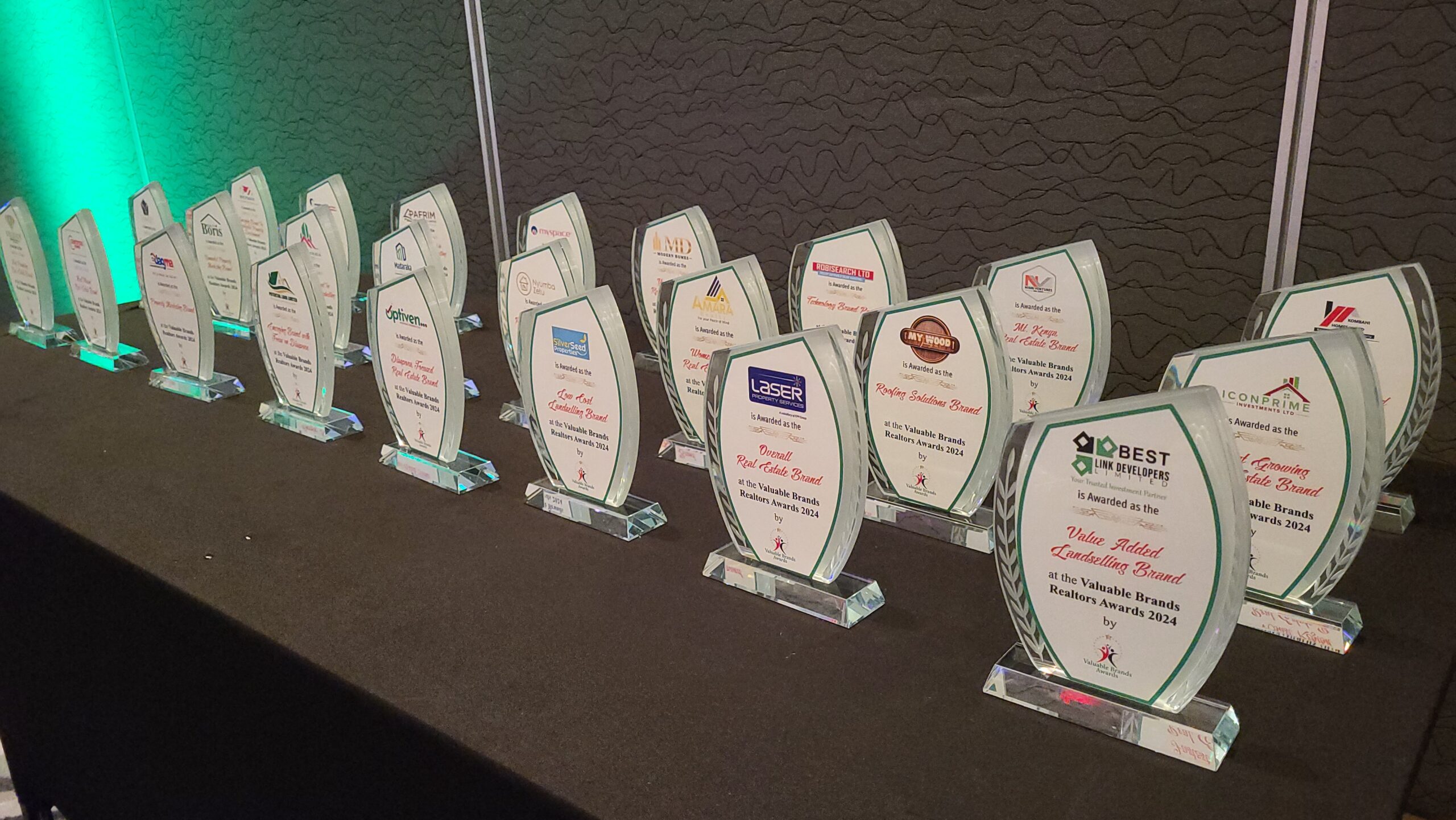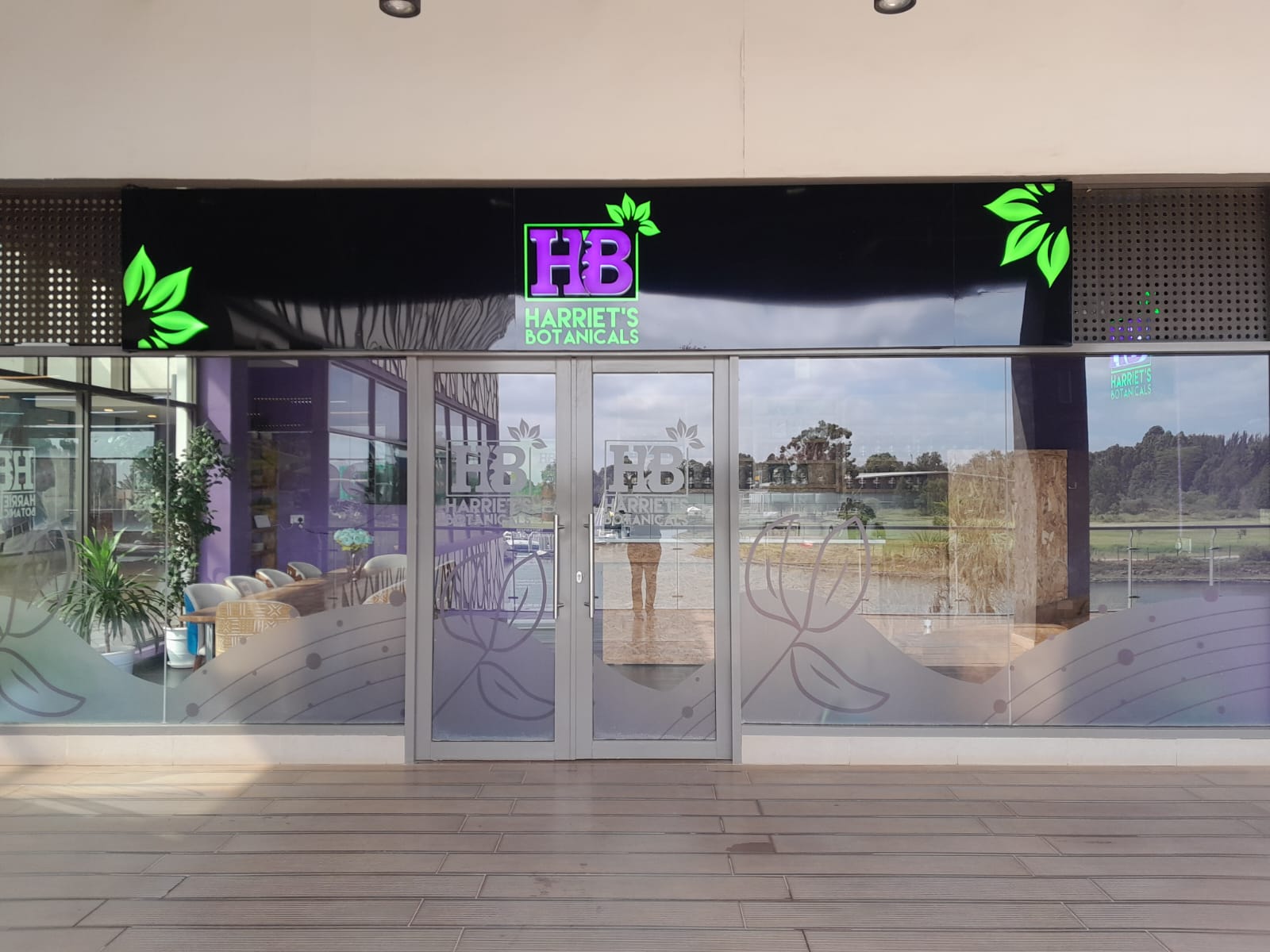- Home
- Products
Products
-
We Design • We Manufacture
-
We Install • We Maintain
🎯 Complete Branding & Print Solutions
Let’s Talk Let’s Talk
-
- Services
💡 Strategic Services & Industries served
-
Smart Solutions
- Brand Strategy & Consulting
- Logo & Visual Identity Design
- Brand Naming & Tagline Creation
- Website Design & Development
- Graphic Design
- Brand Naming & Tagline Creation
- Social Media Branding
- Packaging Design
- Brand Audit & Competitive Analysis
- Marketing & Advertising Campaigns
- Corporate Identity & Stationery Design
-
Industries Cover
- Cooperatives, Banking, SACCOs & Microfinance
- Churches, Universities, Colleges & Schools
- Creative, Fashion & Lifestyle Brands
- Government & NGOS
- Hospitals & Pharmacies
- Hospitality & Travel Experiences
- Real Estate & Construction
- Retail, FMCG & E-Commerce
- Transport, Logistics & Mobility
- View All Industries
We craft powerful brand identities and experiences that resonate.
Let’s Talk Let’s Talk
-
- Resources
Nuggets from our Blog
-
Quick Links
-
Customer care

